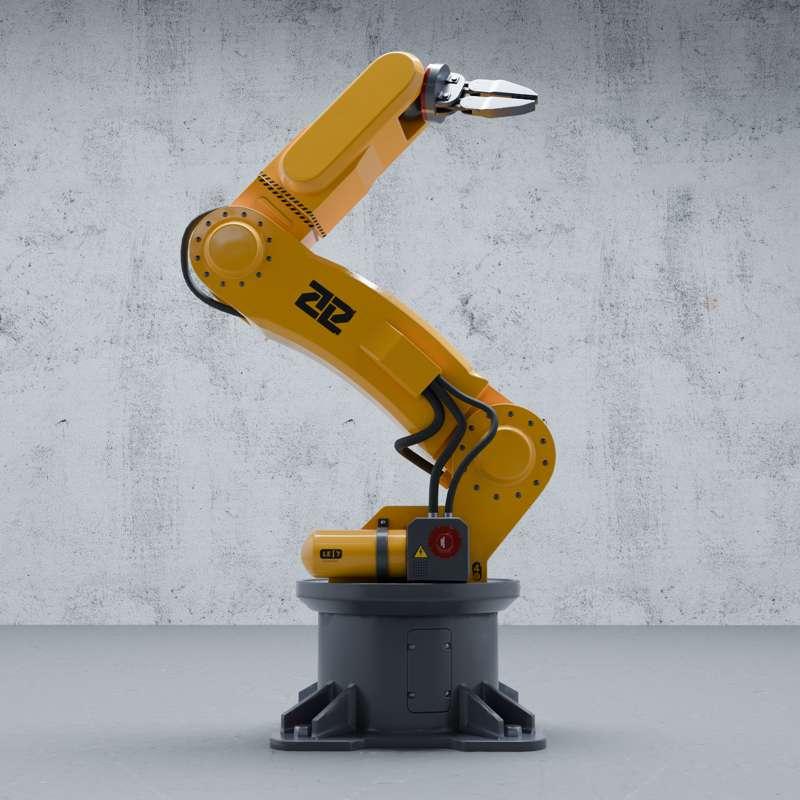pulsarbird
Robot Arm Test Renders
Published: February 19th 2025, 11:23:43 pm


Over the past several weeks, I've been working on this model of a robot arm. Originally I wanted to do it as another hard surface modeling project, similar to the car I did a while back. As it started coming together nicely, I decided to use it to learn texture painting in Blender too and see if it would be a viable alternative to Substance Painter. (It is for right now at my skill level, but probably not for professionals.) I also used it to learn a bunch of other stuff: the Decal machine add on, more decal techniques, using the data transfer modifier to blend normals, better UV unwrapping, and I'm like a Ninja with the 3D cursor now. I'm also going to use it at some point to build an IK rig by hand so I can get a better understanding of how rigging works at a more fundamental level.
I learned such an enormous amount on this project I almost don't even know where to start. For the folks who follow me on Bluesky, you've seen all my tweets about me pulling my feathers out, trying to figure things out or running into bugs. I did eventually figure out everything I wanted to do and learned a lot more in the process.
Interestingly I think the single biggest thing that I learned doing this is philosophical more than anything. It's a bit hard to describe. Previously I've always had a big fear of getting a model into an unworkable state. I would tip-toe around making changes, or get something to a certain point and then be terrified of changing it again in case I messed something up in an unrecoverable way.
In contrast, I really went to town on this model. Maybe it's because it didn't have to be any particular way so I felt more free to make changes. I think me learning more about Blender's tools and all the options they provide to modify things has helped immensely as well. For whatever reason, I felt comfortable ripping this model to shreds several times and rebuilding it. I also recovered several errors that, previously, would've just driven me nuts and I probably would've ignored. I did have to do some work over again, but nothing ever got to a point where I couldn't continue or felt like the model became unworkable.
I guess what I really gained is just a lot of confidence. People joke about leveling up their art and I think this is the first time I really feel like I leveled up with Blender. Rather than just learning skills, like "push this button to do this" I feel like I have a more holistic understanding of how a model comes together now. Meshes no longer feel "sacred", if that makes sense.
Anyway this should help me a lot with organic modeling going forward too. Surprisingly, there are a lot of things that go into hard surface modeling that can also inform the way organic modeling is done. I'm hoping I'll be able to build or rebuild models faster now with some of the things I learned in doing this one.